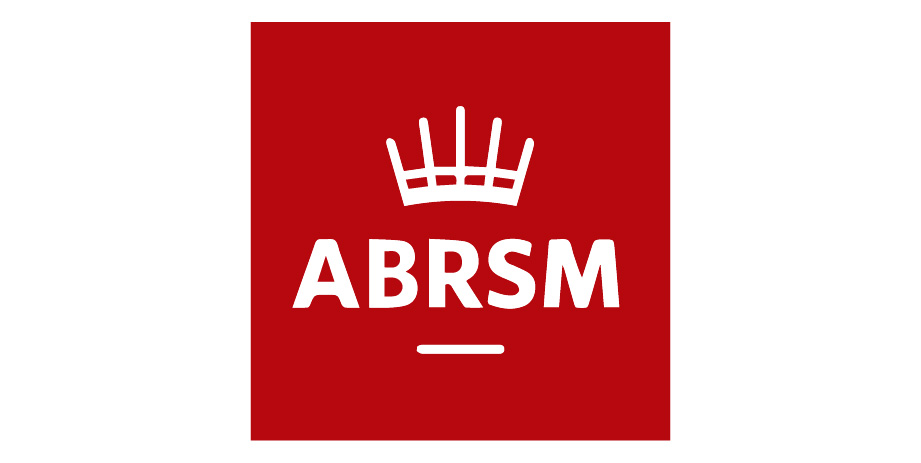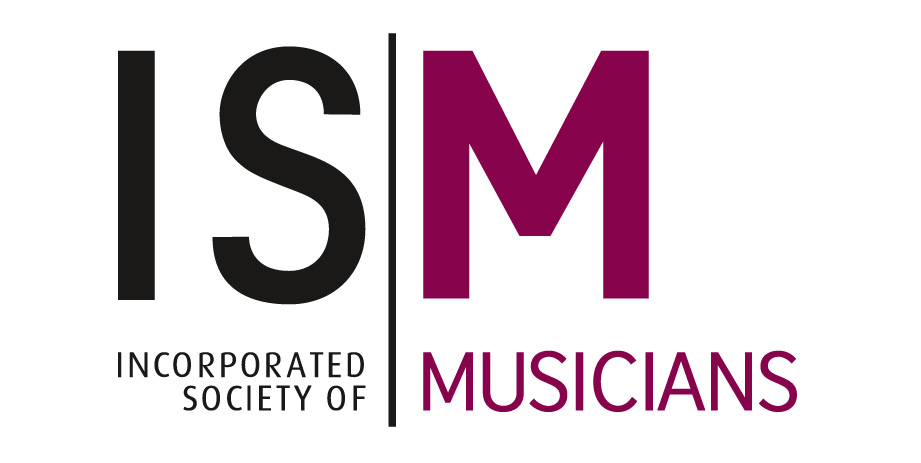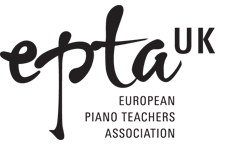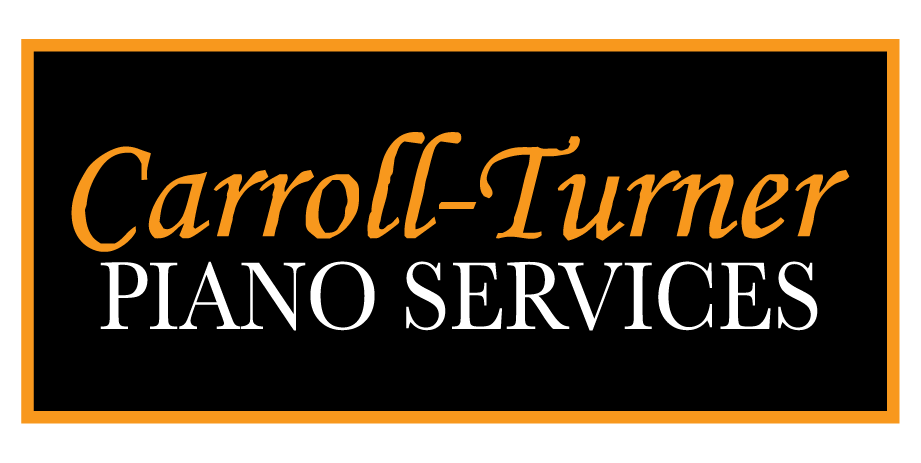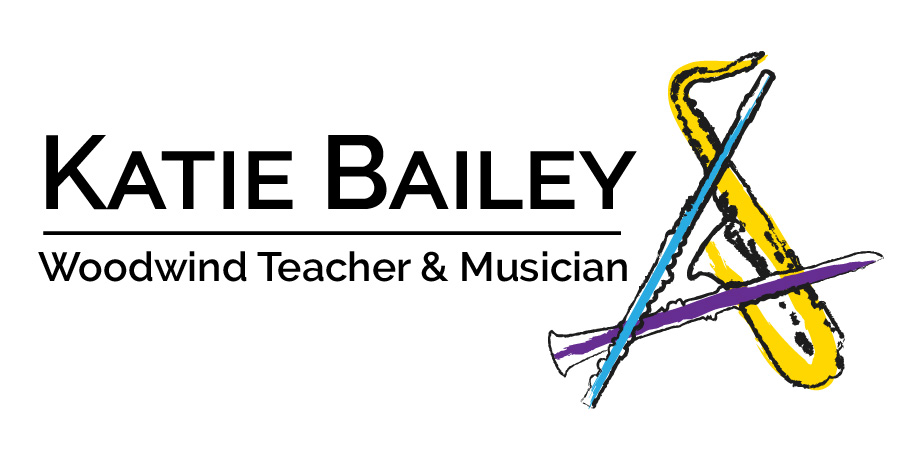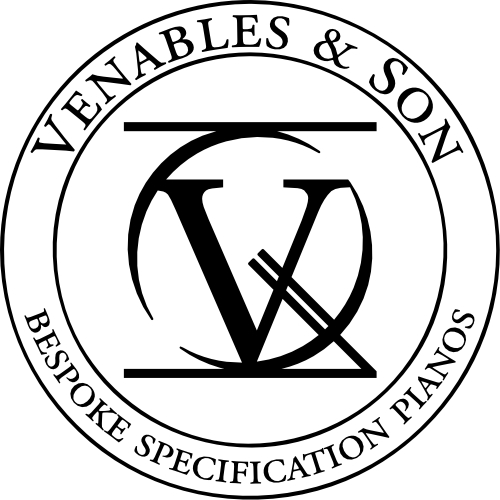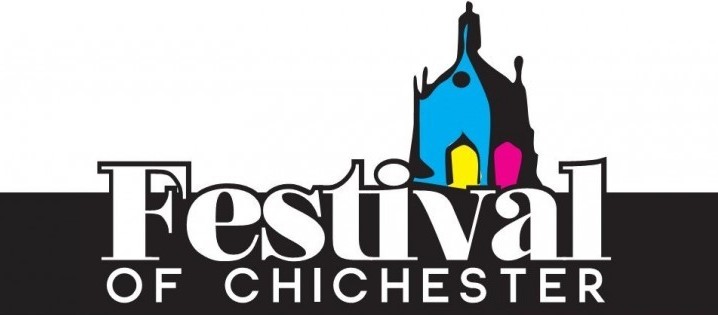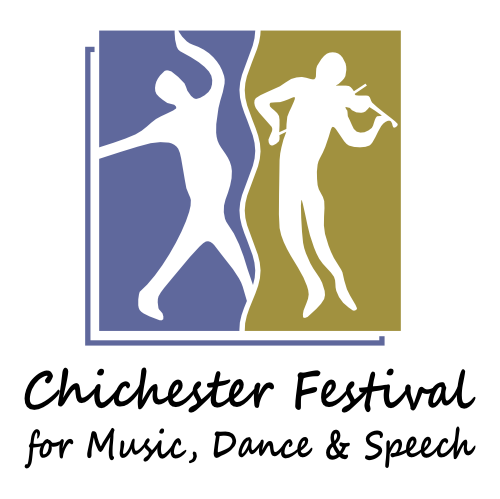Our students have…
…achieved distinction in ABRSM music exams.
Last year, over half of our students were awarded a merit or distinction mark for their exams.
…been awarded first place in music festivals & competitions
Five students came home from the 2019 Chichester Festival for Music, Dance & Speech with trophies, after coming first in their classes.
…auditioned successfully for music scholarships.
Past students have been awarded scholarships for The Prebendal School, Westbourne House School and Windlesham House School.
…Performed regularly in our student concerts.
Each year we hold two student concerts: a summer showcase and a Christmas concert. They are always well-attended and students are keen to share what they have been learning in lessons.
Our Teaching Philosophy
Note recognition. The ability to name notes on a score and find them on the piano is the building block of fluent reading. Read more →
Keyboard geography. The companion to note recognition, keyboard geography is all about navigating the piano with ease and efficiency. A firm knowledge of the keyboard and how to get around it (sometimes without looking!) nurtures confident sight-readers. Read more →
Pulse, metre & rhythm. Pulse is the musical heartbeat of every piece. Just like a healthy heartbeat, the pulse must be regular, consistent and never falter - a right note in the wrong place is still a wrong note! Read more →
Posture. This is of great importance and should always be considered when playing. Good technique is built from good posture. If you can look like a concert pianist then you can play like one too! Read more →
Aural awareness. Major or minor? Ears that can pick out the tonality of a piece (or even just a single chord) can easily define the character and nature of what they are playing. Read more →
Sound production. This covers the interpretation of dynamics (loud and soft), articulation (smooth or detached), and other ways of changing the sound of the piano. A wide palette of sounds allows students to be more creative when playing. Read more →
Improvisation. Though the benefits of improvisation are not as tangible as perhaps those of performing, it is nevertheless one of the best ways to stimulate a musical mind. Improvising in different keys is a great way to become familiar with their individual shapes and characters, reinforcing patterns that will aid sight-reading. It is also naturally generates musical ideas that can be used in students own compositions. Read more →







